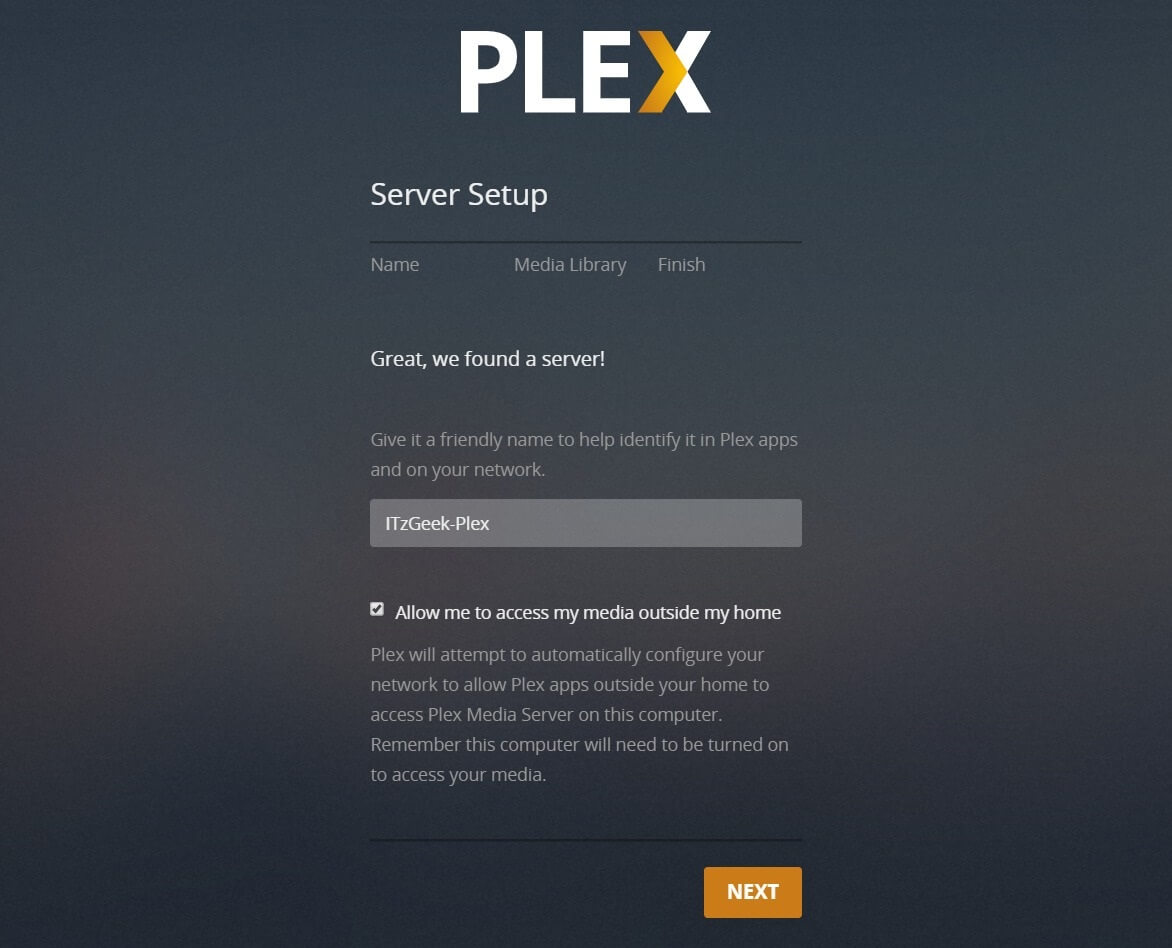

Running a Plex Media Server on a NAS device is a popular option as it allows for an all-in-one device that not only runs the server, but also stores lots of content. Of course, more RAM won’t hurt you and will certainly be helpful if you’re also doing other things on the computer. 2GB of RAM is typically more than sufficient and some installs (particularly Linux-based installs) can often happily run with even less. In general, Plex Media Server doesn’t require large amounts of RAM. Related Page: Why is my video stream buffering? RAM Related Page: What kind of CPU do I need for my Server? We have additional information to help you figure out what kind of processor you might need for your own particular usage. If your computer’s CPU is not powerful enough to keep up with transcoding your media, you will notice pausing or buffering as the app waits for the server to catch up. However, if you will have multiple people accessing content simultaneously and you’ll sometimes require transcoding of content during playback, then you may well need something faster than the minimum. Generally, any modern computer should meet that minimum.
Plex media player linux install#
Tip!: While Plex Media Server can install and run on a computer with a slower processor, you might not have a very good experience, depending on your usage. Intel Core i3 (or equivalent) or faster.(For instance, FreeNAS has instructions.) CPUĬPU requirements can vary dramatically, depending on how exactly you want to use Plex, which particular Plex apps you’ll be using, properties of your media, how many people will be using Plex at the same time, and more. Note: If running in a FreeBSD “jail”, you’ll want to make sure that VNET is enabled. Plex Media Server releases are available for FreeBSD 11.2 or newer. We have official Plex Media Server releases available for the following Linux Distributions: Plex Media Server supports macOS 10.13 High Sierra or newer. Plex Media Server does not currently support ARM-based systems for Windows. Note: Only processors using the x86 or x86-64/圆4 architectures (e.g. When running on Windows, the following operating system versions are supported. Tip!: You’ll generally want to ensure that you’ve installed all “critical” type updates or service packs for your current operating system. You can run Plex Media Server on a desktop computer running a number of operating systems. This allows you to choose your operating system and you have flexibility in your computer components. Running Plex Media Server on a desktop computer is a very popular option. Many popular NAS devices such as Drobo, Netgear, Synology, and more.If you’re in doubt about anything before you go to get a system for running Plex Media Server, our forums are a great resource for discussions and advice.


Whether you want to run your Plex Media Server on your every-day computer, you’re looking to use a dedicated computer, or you want to run it on a NAS device, you’ll need to make sure that the computer/NAS is compatible and that it will support what you want to do.


 0 kommentar(er)
0 kommentar(er)
